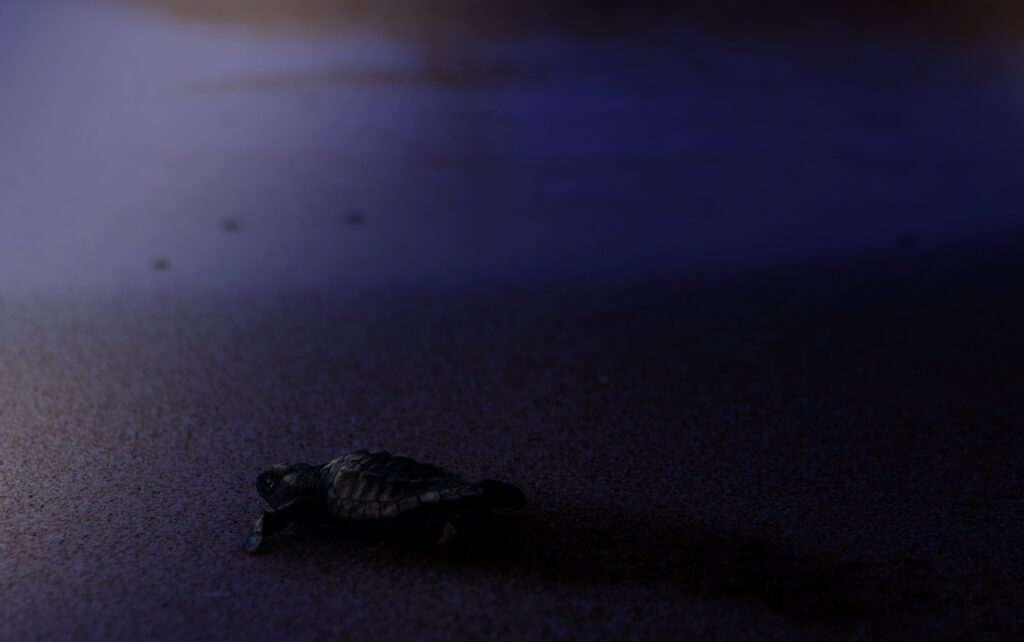
FROM HUMAN-CENTRIC TO ECO-CENTRIC LIGHTING
May 12, 2021
Great attention was almost always paid to the effects of light on human wellbeing. This meant, for instance, taking care of light changes throughout the day, of lighting design projects for offices, homes, resorts aiming at achieving the right atmosphere in each place for individual wellness.
In recent years, though, the world of lighting design has started following the globally diffused idea that humans are only one part of the environment and there is a necessity of taking care of the planet in every action we do. Hence, a trend shift is happening: we are moving from a human-centric lighting design approach to an environmentally conscious one.
Especially in outdoor projects, there is a growing interest in dealing with light pollution intended not only as skyglow but also as impacts on animals’ biological cycles. Animal species are not the only ones to be affected by light spectrums: vegetation also requires dedicated attention. Design, efficiency and technology need to serve both of them.
In Italy, there already are several national laws concerning parks and protected areas, where lighting levels should remain sensibly low, but they are considered as exceptions and not as normal situations.
At Metis Lighting, we are working on a resort in a highly sensitive environmental zone close to a protected natural area where turtles usually nidify. We are therefore facing the challenge of designing a lighting project that balances the needs of humans and the necessities of animals. In fact, as turtles’ vision is less sensitive to amber/red light spectrum, when turtle hatchlings emerge from sand should not be deceived from light on the beach surroundings and can go directly to the sea and this has become the axis around which we are formulating the lighting design project and bespoke lighting fixtures.
We need to realize that just 3% of world’s ecosystems remain intact and hence we need to put all of our resources to safeguard it.

Unsplash images

